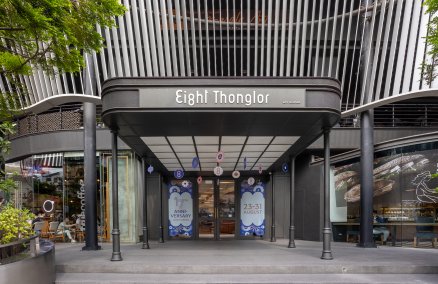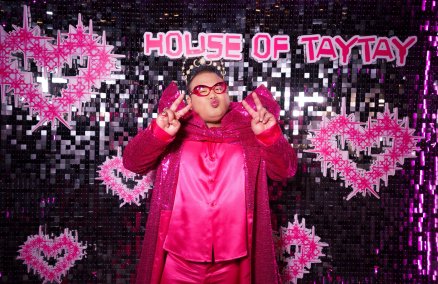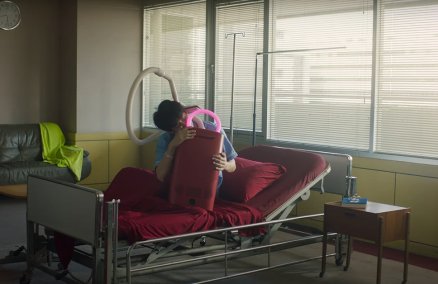Covid-19 has devastated Bangkok’s nightlife industry. Few places in the city have suffered as much as Patpong. With many bars closing for good, and others at risk of closing, some of which are as old as modern Bangkok’s history, we dropped in to survey the scene.
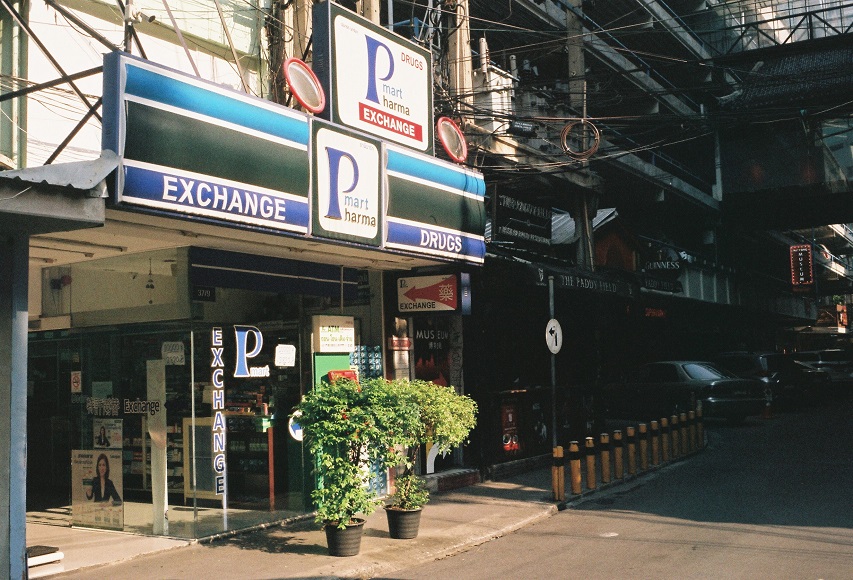
Patpong has the feeling of a ghost town. Instead of the neon-lit, scantily-clad, and shoulder-to-shoulder vibrancy you would expect from one of the world’s most notorious red light districts, Patpong is now bereft of its subwoofer booms and in-your-face entertainment. It’s bereft of any sort of entertainment, for that matter.
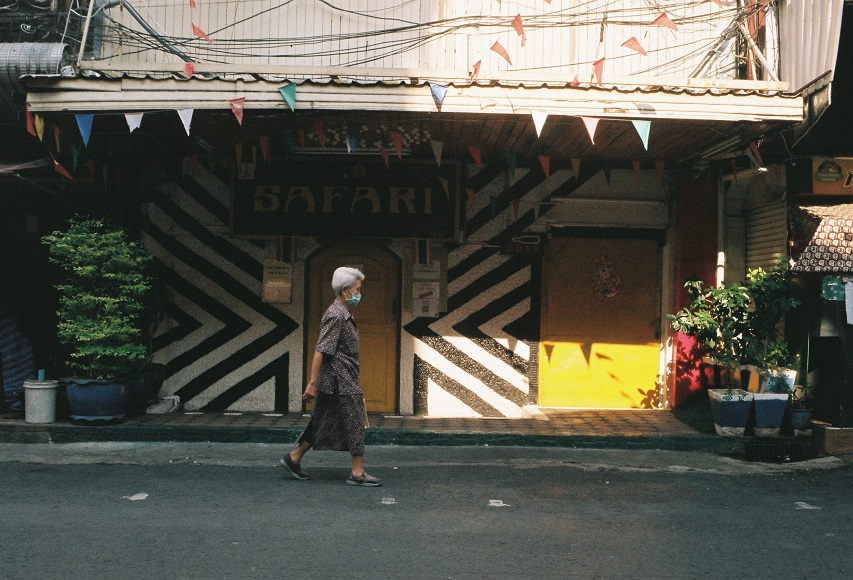
Bars that attracted everyone from fresh-faced backpackers to round-bellied retirees over the past 40 years are now closed. Even the owners of the Patpong Night Market, which had been making over B8 million a week from its stalls selling Louis Vuitton counterfeits, faux leather bags, and tourist trinkets, had to return their lease last month.
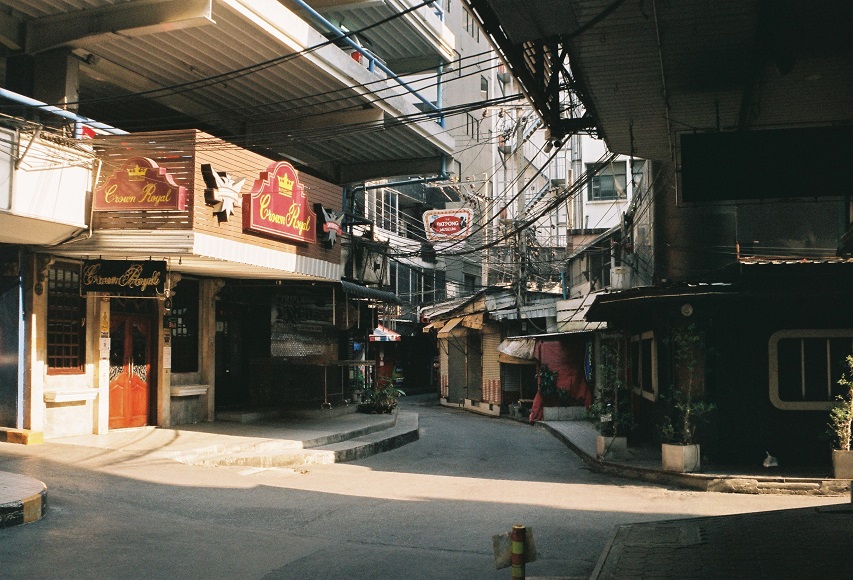
“Naturally, the bars are the first places to close and the last to be opened, so it’s been tough for them,” says Abhiradee Jantanangkool, manager of the Patpong Museum.
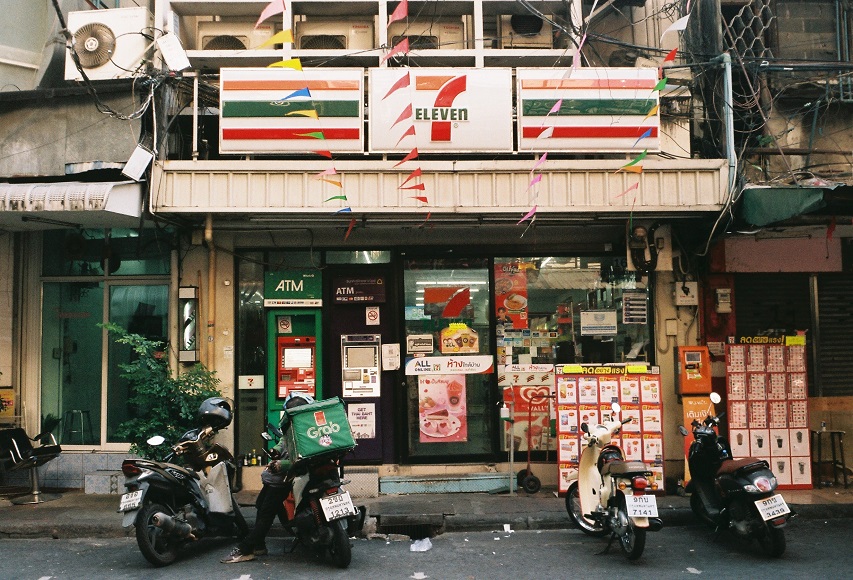
Patpong was home to many firsts—Bangkok’s first 7-Eleven, Japanese restaurant (Mizu Restaurant, which has now moved to Phloen Chit).
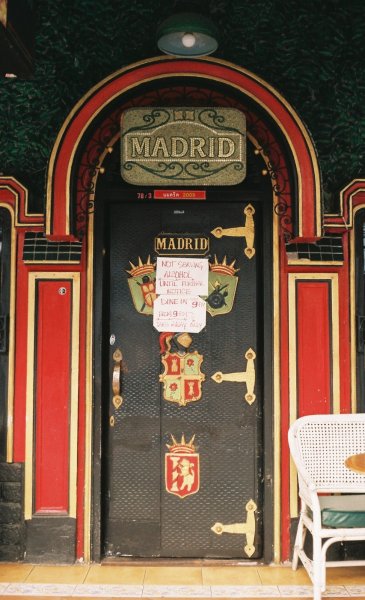
It's also home to Bangkok's first pizzeria (50-year-old Madrid, pictured above) as well as Southeast Asia’s first go-go bar, Grand Prix.

There’s also a strong French presence in Patpong. Venues like the 25-year-old Le Bouchon, one of Bangkok’s first French restaurants, pay testament to that. The day we visit, we run into Mathieu, a Frenchman and ten-year resident of Patpong who works for the Patpong Museum. We met by chance, and he serves as our friendly local expert for the day.
“My wife is Thai, and I’ve been living in Thailand for 14 years, so I know a thing or two about this place, maybe just as much as the guy who sells ice just around the corner,” he says with enthusiasm. Too bad we didn’t see the ice vendor anywhere.
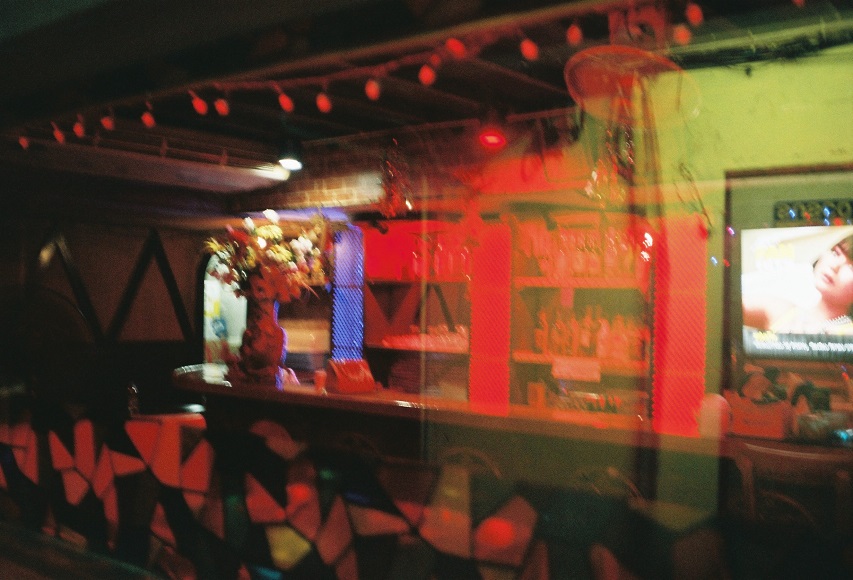
Mathieu points out the Old Other Office. “It was one of the first bars in Patpong, along with the Pink Panther, which is French-owned. It used to have live sex shows, until the police started arresting people, of course,” he says with no hint of irony. He adds they’re also known for selling marijuana. “It’s going to open at around 4:30pm, so if you’re brave enough, you might get lucky.”

Covid-19 is not over. Bar staff sit around with little to do and few prospects of finding work elsewhere.
“Patpong still has a bad image among older generations. We need the new generation to bring about change,” says Abhiradee.
“Personally, I’d like to turn [this road] into a flea market during the day, with buskers, food, and artists selling their pieces. I’ve already brought in art coaches to teach sex workers how to draw on t-shirts that they can sell.”
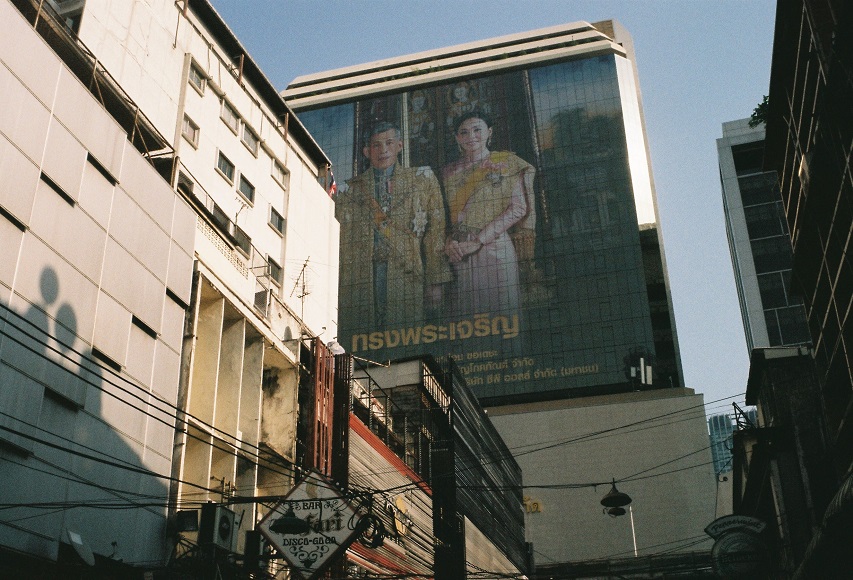
Patpong elicits divided opinions—often very strong ones at that—but it’s more than your average Sin City.
Once home to thriving businesses like Shell, Caltex, and Air France, it was one of Bangkok’s premier business districts decades ago. As you can discover at the Patpong Museum, it was also central to the CIA’s efforts in Southeast Asia before it became the red-light district most know it as today.
Over the past half century, Patpong has led many lives. But no matter which hustle happens here in the future, it’s hard to say if it will ever be as important of a hub as it once was. Its future seems to mirror all of Thailand’s at the moment.
Story and photos by Veerabhatr Sriyananda



















